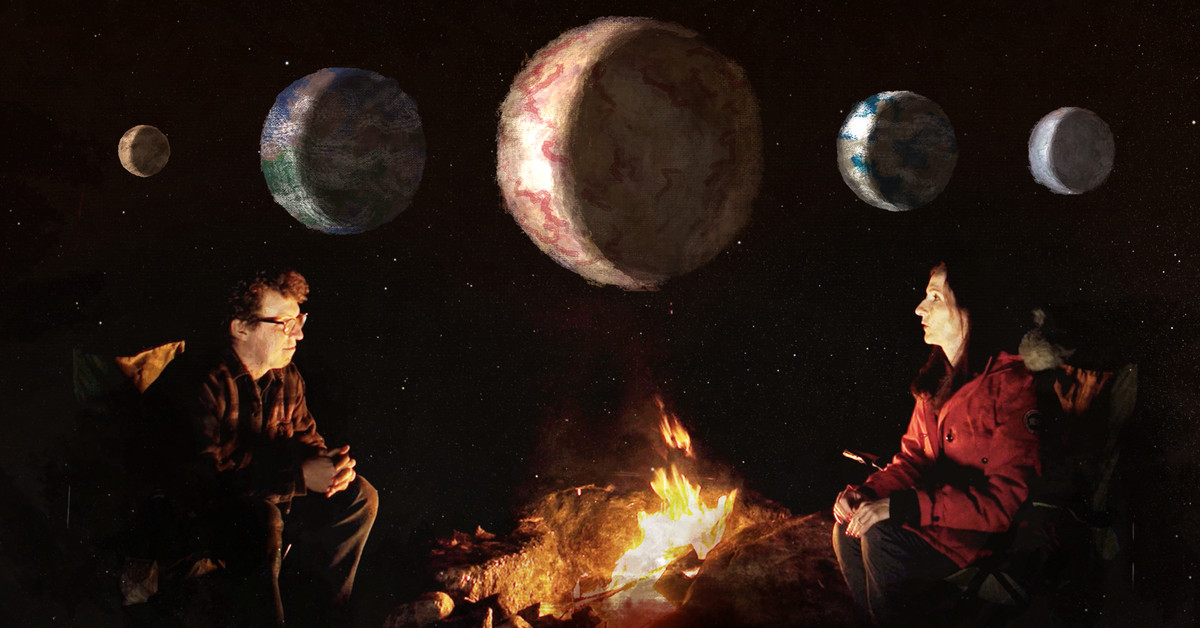
In 1584, Italian friar Giordano Bruno argued that other stars had planets of their own and that those planets had inhabitants. He had no real proof of his claims — they just felt true. But they were heretical enough to get the attention of the Roman Catholic Church. The Inquisition arrested Bruno, put his tongue in a vice, and burned him at the stake.
Four hundred years later, the idea of exoplanets (the term for planets outside our solar system) had become much more popular. Books, TV, and movies teemed with alien worlds orbiting alien suns. But one thing remained the same. We still had no proof that they existed.
Then, in 1995, astronomers discovered 51 Pegasi b — a planet orbiting a sun-like star in the Pegasus constellation. Many scientists were skeptical at first; this planet was almost too strange to be believed. Though it was about the size of Jupiter, it was closer to its star than Mercury is to our sun. Most surprisingly, it completed its orbit in just 4 days.
The years that followed brought a trickle of other discoveries, then a flood. New telescopes were sent to space and new computers crunched the data they collected. Today, we’ve confirmed the existence of nearly 5,000 exoplanets, with many more candidates waiting in the wings. Those planets paint a surprising picture of our galaxy. While astronomers once wondered if any stars have planets; now planetary systems seem the norm. 51 Pegasi b wasn’t a fluke — gas giants zipping around close to their stars (nicknamed “Hot Jupiters” or “Roasters”) are actually very common. We’ve also found lots of “super earths” — rocky worlds two to 10 times bigger than Earth.
Our solar system, on the other hand, seems less common than some had imagined. We haven’t found anything quite like it. But … it’s still early. And the data we’ve gathered so far has many scientists feeling confident that somewhere out there, just waiting for our telescopes to swing in the right direction, is a planet like Earth.
This video is presented by the Center for Matter at Atomic Pressures (CMAP) at the University of Rochester, a National Science Foundation (NSF) Physics Frontier Center, Award PHY-2020249.
Any opinions, findings, conclusions, or recommendations expressed in this material are those of the authors and do not necessarily reflect those of the National Science Foundation.
Further reading:
You can find this video and all of Vox’s videos on YouTube.
source https://www.vox.com/videos/22904614/exoplanet-search-another-earth-planet-hunt

Post a Comment